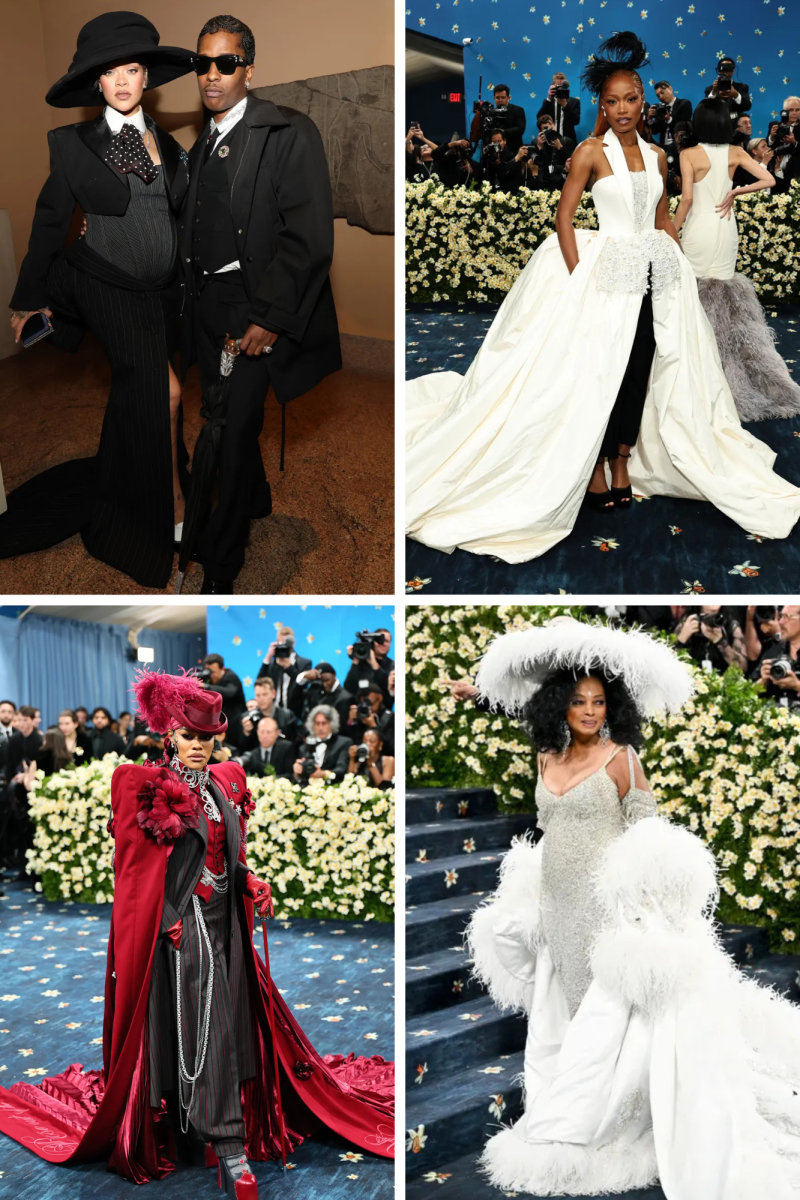Ash Trevino, a mother of two, has become a very controversial topic on TikTok, where her pursuit of becoming famous has been so ambitious that it overshadowed her responsibilities as a parent. Trevino is known for embodying the “toxica latina” persona, in which she has gained over a million followers by destroying her own dignity and self-respect. Since 2024, Ash has repeatedly chosen attention and relationships over her own two daughters, creating an image to the public that highlights her as an online figure role as a mother. While her social media presence continues to thrive, the consequences of this lifestyle as a mother affects her family and personal well-being.
The Start of Ash Trevino’s TikTok Journey
Ash Trevino’s rise to fame on TikTok began with a lot of controversy and inmate hopping. This term of ‘inmate hopping’ refers to people who actively seek relationships with incarcerated people, often marrying them or dating them while they’re in jail. For Trevino, this became the regular of her content. Trevino has been married twice and remarried once, obviously to men in prison and has built a large following by sharing her experiences of inmate hopping. As seen in her TikTok content, she frequently discusses her inmate hopping, claiming that they’re perfect partners for her because they have no other choice but to stay with her. In fact, Trevino often jokes that if she were ever to get hurt emotionally, she would prefer for it to happen while her boyfriend or husband is incarcerated. Trevino says this to imply that they are more easy to control and less likely to leave. Trevino’s content also involves defending her prisoner boyfriends, even going so far as to mock victims’ families and say light of the crimes they committed. However, these relationships Trevino involves herself in rarely last. She is often the one left heartbroken when her partners are released from prison and move on.
Toxic Relationship Patterns and Self-Destructive Behavior
Trevino’s history of toxic relationships extends beyond her inmate-hopping days. Trevino has a pattern of emotionally seeking out unavailable or physically distant partners, which shows her self-destructive cycle. Trevino disregards the emotional consequences of her actions to the point of not only pursuing inmates, but married men. This demonstrates her consistent need for validation or ‘pick-me personality,’ as well as a tendency to compete for attention like a chase, even if it costs her own dignity. This behavior doesn’t only affect her romantic relationships, but her role as a mother.
According to The Nationally Library of Medicine, psychologically speaking, Trevino’s actions could be indicative of someone struggling with low self-esteem and feelings of inadequacy. People who seek out partners in committed relationships often feel powerless in their own lives and attempt to gain control by targeting individuals who are already emotionally unavailable. This need for validation, combined with her toxic relationships, is also mirrored in her parenting style. Trevino often seems to compete with her daughters for attention and approval, projecting her insecurities onto them, which only exacerbates the cycle of self-doubt and poor decision-making.
Ash Trevino and Santos: A Disturbing Obsession
Trevino’s behavior on TikTok has taken a troubling turn. After her history of “inmate hopping” and pursuing married men, she recently started flirting with TikTok personality Santos during live streams. Many viewers found her behavior awkward and cringeworthy, resembling middle-school flirting. Things escalated when, during a particularly drunken live session—a regular occurrence for Trevino—, she flashed Santos on camera. Trevino’s flash incident sparked a viral scandal on TikTok resulting in a lot of public backlash and leading to personal relationships of hers to collapse, like her own parents. Even though Trevino violated TikTok’s policies, she was not banned from the platform.
As her obsession grew, Trevino began talking about flying out to meet Santos in person, further disturbing viewers. Santos, who is allegedly between 19 and 21 years old, appeared to be treating it all as a joke, but Trevino became fixated, even nearly crying when she realized he was interested in someone else. The reason Trevino got involved with Santos in the first place? Her teenage daughter admitted to having a crush on him, which seemed to spur Trevino into competing for his attention.
This reflects Trevino’s “pick-me” mentality, where her need for validation leads her to view her daughters as competition. The impact on her family is clear: her daughters have reportedly had to confront her, asking her to stop live-streaming and focus on them for once. Trevino’s desperate need for attention and validation has now become a serious issue, deeply affecting her relationships and her role as a mother.
“Toxica” Hispanic mom stereotype
Trevino’s daughters have repeatedly expressed feeling so ashamed and embarrassed by their mother that they’ve chosen to run away from home. On multiple occasions they left, yet Trevino didn’t even seem to notice their absence. When one of her daughters finally returned, Trevino asked her, almost without concern, why she had run away. This moment highlighted Trevino’s apparent unawareness and emotional detachment as a mother, deepening the disconnect between her and her children. Although Trevino isn’t a typical “mommy content” vlogger, she involves her kids in her content in a very troubling manner. Trevino mentions her children and brings them into her TikTok live streams and some videos, which often feel like Trevino is exploiting and embarrassing her children.
Now you might wonder what being Hispanic has to do with any of this? In Hispanic culture, there’s a stereotype that is called “toxica latina:” a portrayal of Latinas as argumentative, fiery, and spicy. This stereotype is found with Trevino’s behavior, where her actions often align with the exaggerated stereotypes of a “toxica latina,” worsening her relationship with her children. Unfortunately, this stereotype contributed to shaping perceptions of motherhood in certain cultural contexts, and how people view Trevino’s actions toward her kids.
Trevino embodies the classic “Tóxica Latina Mom” archetype—one who mistreats her daughters while seeking validation at their expense. She has even admitted to pulling one of her daughters’ hair out of anger, driven by jealousy over the belief that the child’s father loved their daughter more than he loved her. In many Hispanic households, misogyny runs deep, often leading to stark differences in how sons and daughters are raised. Boys are often left with more leniency, while it’s the opposite for girls, they are expected to take on the role of a “second mom,” responsible for cooking, cleaning, and enduring more discipline. This dynamic is found with a cycle of emotional and verbal abuse where mothers like Trevino, project their insecurities onto their daughters. Trevino’s behavior reflects the common “pick-me” syndrome where toxic mothers compete with their daughters instead of uplifting them. For example, Trevino’s daughters wanted to dye their hair to match hers and instead of embracing the moment and uplifting them, Trevino dismisses the idea as a way of her daughters trying to “copy” her. Trevino, with an audience of over 200,000 followers, openly discusses her daughters’ lives although she knows they still attend school. This act is not only careless, but also emotionally immature of Trevino. This pattern of toxicity is a painful reality for many daughters of Latina mothers, where love is conditional, competition is ingrained, and emotional wounds are “just how things are.”
Trevino’s actions highlight the urgent need for breaking these generational patterns as a toxica latina mother. Latina daughters such as Trevino’s deserve mothers who uplift, rather than tear them down. Without self-awareness and change, Trevino is not only harming her daughters, but perpetuating the very toxicity that many in the community are striving to escape.























|ya, • Apr 4, 2025 at 9:49 pm
That’s very bad..